 Welcome
Welcome
“May all be happy, may all be healed, may all be at peace and may no one ever suffer."
Trigger finger
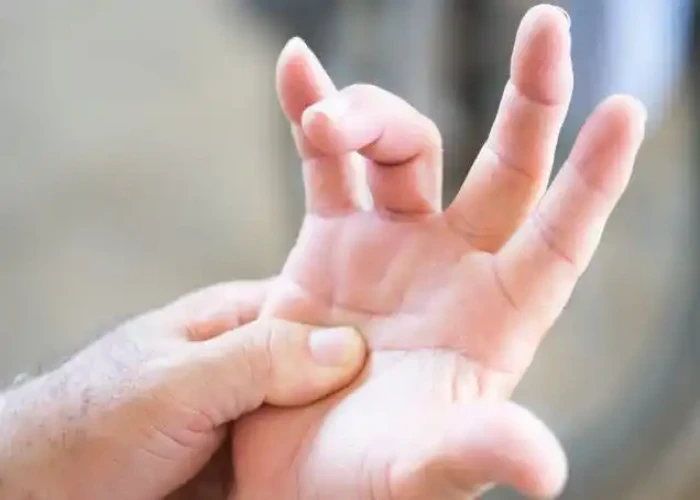
Trigger finger, also known as stenosing tenosynovitis, is a condition in which one or more fingers or the thumb become stuck in a bent position and suddenly snap back into a straight position, often causing pain and discomfort. The condition occurs when the tendon that controls finger movement becomes inflamed or irritated and cannot glide smoothly through the tendon sheath.
The cause of trigger finger is not fully understood, but it is more common in women than in men and is associated with certain medical conditions such as rheumatoid arthritis, diabetes, and carpal tunnel syndrome. Repetitive hand or finger motions and prolonged gripping can also contribute to the development of trigger finger.
Treatment for trigger finger may include rest, splinting, and modification of activities that cause symptoms. Non-steroidal anti-inflammatory drugs (NSAIDs) may be prescribed to reduce pain and inflammation. In some cases, a corticosteroid injection into the affected area can help relieve symptoms. If these treatments are not effective, surgery may be necessary to release the tendon and restore normal finger movement.
Research Papers
Disease Signs and Symptoms
- Finger pain
- Popping sensation or sound at the time of injury
- Finger stiffness, particularly in the morning
- Tenderness or a bump (nodule) in the palm at the base of the affected finger
- Finger catching or locking in a bent position, which suddenly pops straight
- Finger locked in a bent position, which is unable to straighten
Disease Causes
Trigger finger
Tendons are fibrous cords that attach muscle to bone. Each tendon is surrounded by a protective sheath. Trigger finger occurs when the affected finger's tendon sheath becomes irritated and inflamed. This interferes with the normal gliding motion of the tendon through the sheath.
Prolonged irritation of the tendon sheath can produce scarring, thickening and the formation of bumps (nodules) in the tendon that impede the tendon's motion even more.
Disease Prevents
Disease Treatments
Trigger finger treatment varies depending on its severity and duration.
Medications
Nonsteroidal anti-inflammatory drugs — such as ibuprofen (Advil, Motrin IB) or naproxen (Aleve) — may relieve the pain but are unlikely to relieve the swelling constricting the tendon sheath or trapping the tendon.
Therapy
Conservative noninvasive treatments may include:
- Rest. Avoid activities that require repetitive gripping, repeated grasping or the prolonged use of vibrating hand-held machinery until your symptoms improve. If you can't avoid these activities altogether, padded gloves may offer some protection.
- A splint. Your doctor may have you wear a splint at night to keep the affected finger in an extended position for up to six weeks. The splint helps rest the tendon.
- Stretching exercises. Your doctor may also suggest gentle exercises to help maintain mobility in your finger.
Surgical and other procedures
If your symptoms are severe or if conservative treatments haven't helped, your doctor might suggest:
- Steroid injection. An injection of a steroid medication near or into the tendon sheath may reduce inflammation and allow the tendon to glide freely again. This is the most common treatment, and it's usually effective for a year or more in most people treated. But sometimes it takes more than one injection.
- For people with diabetes, steroid injections tend to be less effective.
- Percutaneous release. After numbing your palm, your doctor inserts a sturdy needle into the tissue around your affected tendon. Moving the needle and your finger helps break apart the constriction that's blocking the smooth motion of the tendon.
- This treatment may be done under ultrasound control, so the doctor can see where the tip of the needle is under the skin to be sure it opens the tendon sheath without damaging the tendon or nearby nerves. This procedure is usually done in the doctor's office or in an office procedure room.
- Surgery. Working through a small incision near the base of your affected finger, a surgeon can cut open the constricted section of tendon sheath. This procedure is usually done in an operating room.
Disease Diagnoses
Disease Allopathic Generics
Disease Ayurvedic Generics
Disease Homeopathic Generics
Disease yoga
Trigger finger and Learn More about Diseases
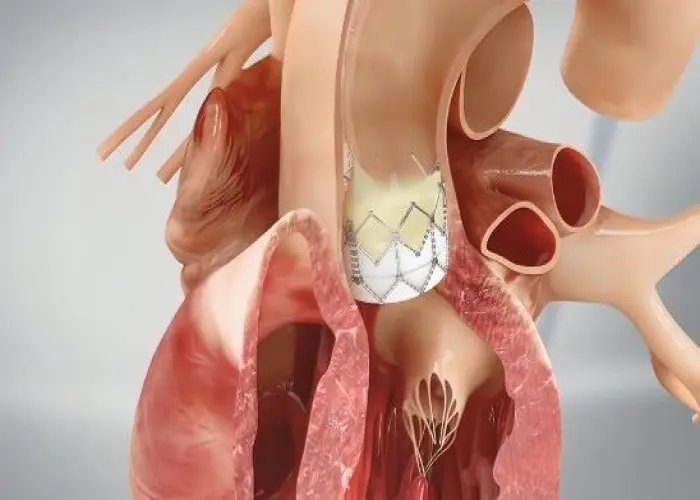
Heart valve disease
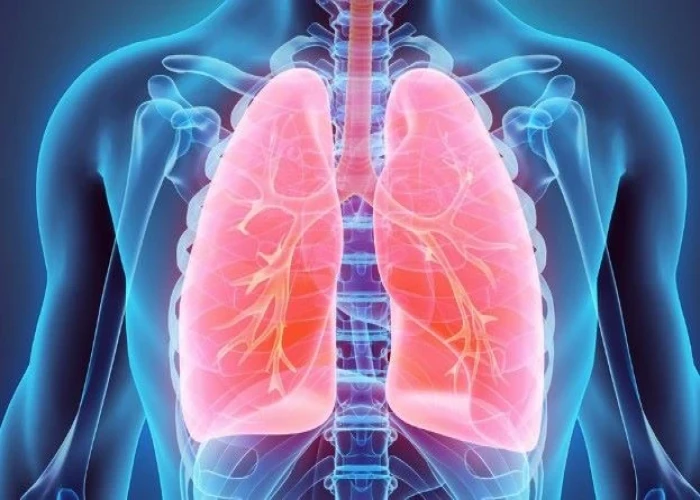
Lung Abesess

Liver disease
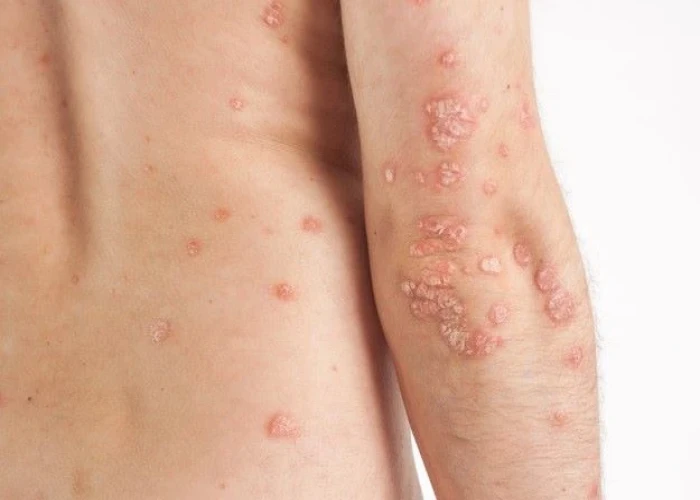
Neurodermatitis
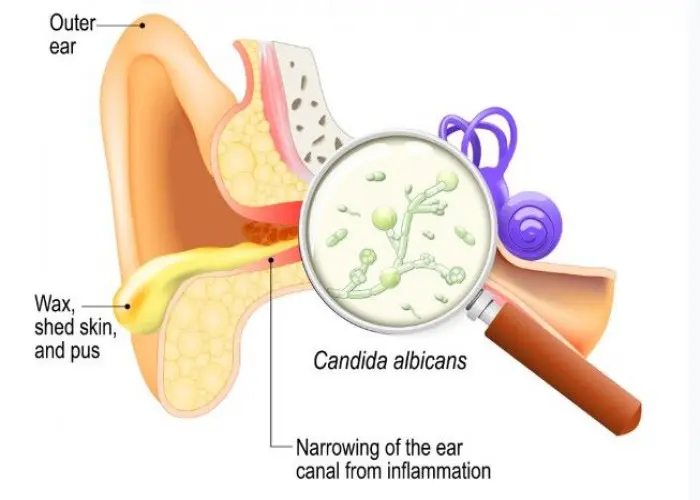
Swimmer's ear
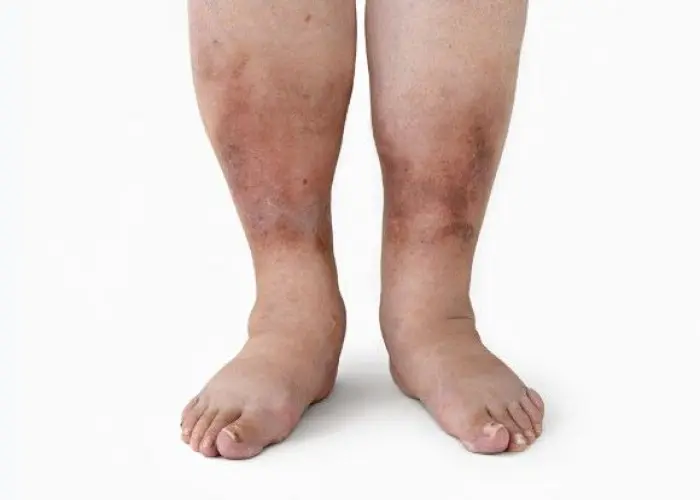
Diabetic nephropathy
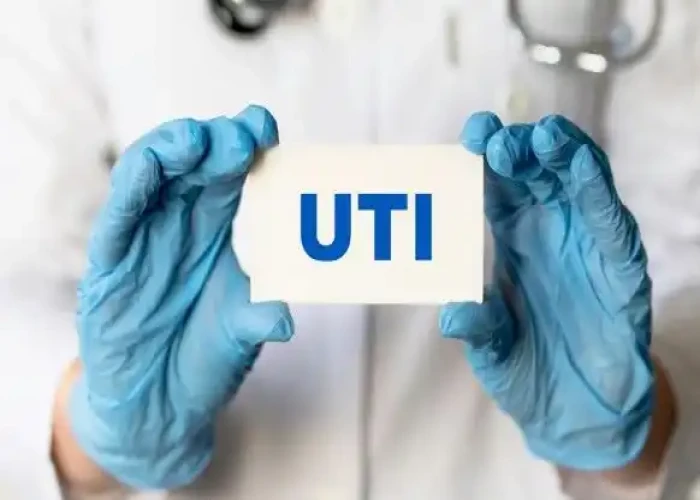
Urinary tract infection (UTI)

HIV / AIDS
trigger finger, ট্রিগার আঙ্গুল
To be happy, beautiful, healthy, wealthy, hale and long-lived stay with DM3S.
